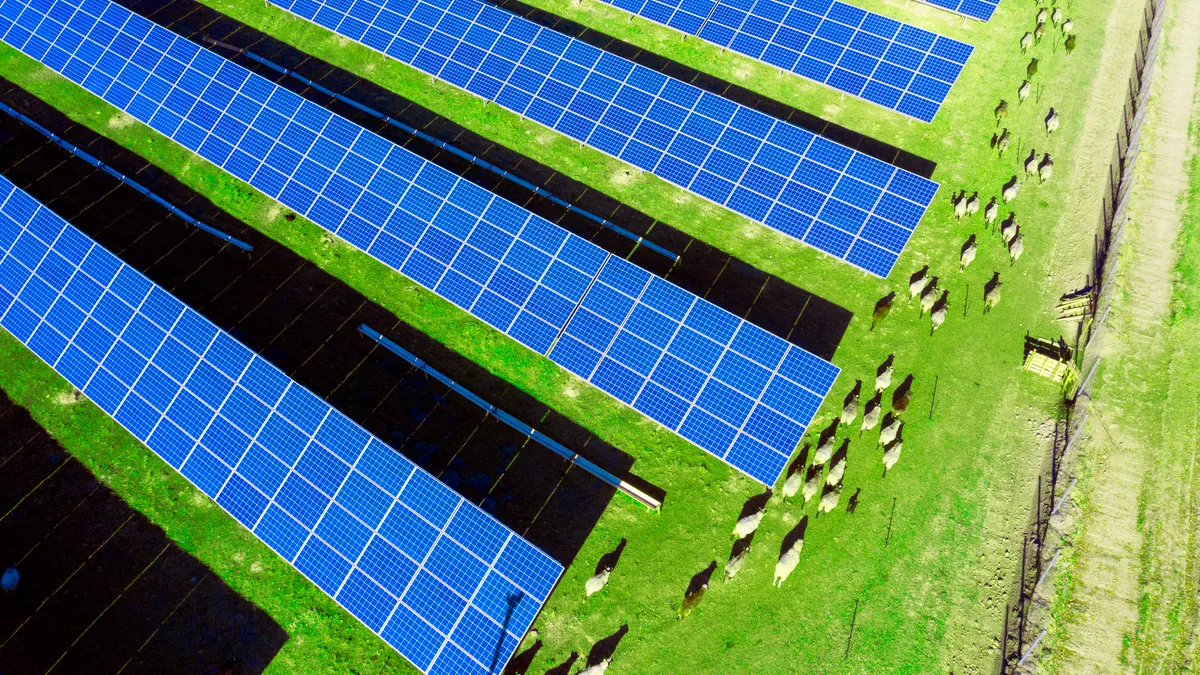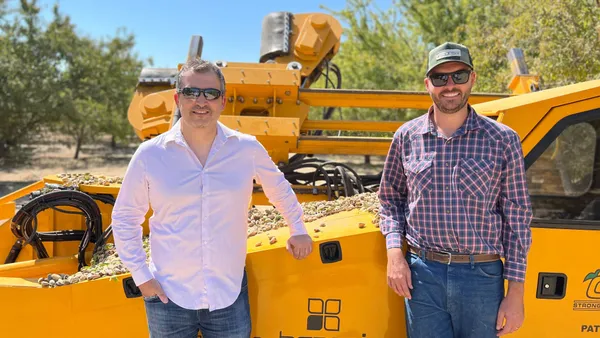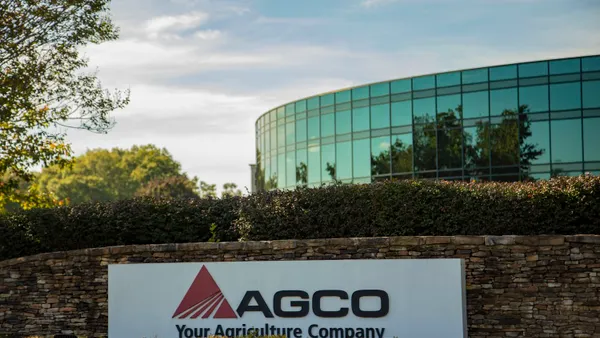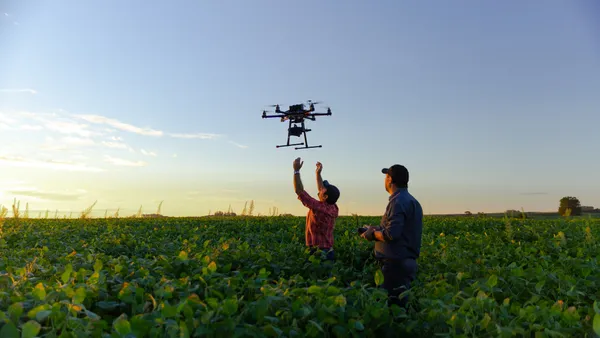Dive Brief:
- Agrivoltaics, or the dual use of land for agriculture and solar energy generation, is experiencing increased adoption thanks in part to increased awareness about the associated benefits coming during a time of accelerated farm transitions, said BlueWave Solar Director of Sustainable Solar Development Jesse Robertson-Dubois.
- This trend could continue, Robertson-Dubois said, as “a lot of land is changing hands over the next 10, 15, 20 years,” and as the Inflation Reduction Act’s tax credits for renewables projects bolster the industry.
- There has been a “rapid increase in interest in agrivoltaics” across the U.S. for a variety of reasons, said Jordan Macknick, lead energy-water-land analyst for the National Renewable Energy Laboratory.
Dive Insight:
“State governments, solar developers, farmers, and landowners are recognizing, and more importantly seeing first-hand, the multiple potential benefits that are possible with agrivoltaic projects,” Macknick said. “In some areas this is driven by land constraints, in other areas this is driven more by local perceptions of solar development, and in other regions farm economics are a major contributing factor.”
Legislative efforts on the federal level, as well as in states like Massachusetts and Colorado, “could spark further and more rapid change,” he said.
In May, Colorado enacted a law authorizing the state’s Agricultural Drought and Climate Resilience Office to award grants for new or ongoing research on the use of agrivoltaics. Previous bills to fund agrivoltaics in the state were “primarily sponsored” by Democrats, the Colorado Sun reported in January, but this bill won key support from Republican Sen. Cleave Simpson, who said he became interested in the practice as a result of economic problems he experienced while running his family’s 800-acre alfalfa farm.
Robertson-Dubois, who has a background in farming, said one of the things that drew him to agrivoltaics was driving past a solar array in Massachusetts and noticing that grass underneath the panels was getting green earlier in the season and staying green later.
“I realized, ‘Hey, there’s a microclimate in there,’” he said. “It was my agricultural brain as a hay producer, and as a grazer managing sheep and cattle, that looked at that and said, ‘Oh, you could use that, that’s something you could manage for.’”
The aging population of current farmers means that generational farm transitions will soon increase, with “a lot of land changing hands” over the next 20 years, Robertson-Dubois said. He believes solar has an opportunity to offer additional benefits to new farm management, as agrivoltaic adoption is easiest when agricultural landowners are at a “point of transition.”
“I think we're hitting a watershed moment where people are starting to realize that there really are opportunities with agrivoltaics to help farmers diversify not only their revenue streams, but the types of agriculture that they're taking on,” Robertson-Dubois said.
However, the nature of agrivoltaic expansion requires finding agricultural land that is also well-suited to hosting a solar farm and can attract a farmer interested in innovating their operations – which can be a challenge. Transmission and grid connection capacity are the “major roadblocks” in terms of being able to site solar projects, he said, and even more so when it comes to agrivoltaics.
“We can design a good agrivoltaic solar array, but we still need a person who lives within reasonable distance of it who wants to farm inside there,” said Robertson-Dubois. “So more capacity would be very helpful in terms of being able to reach more farmers that are interested in innovating in this way.”












